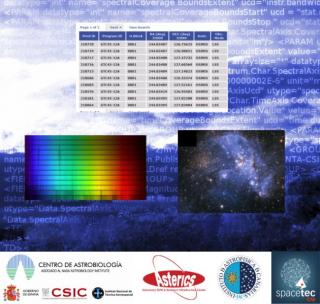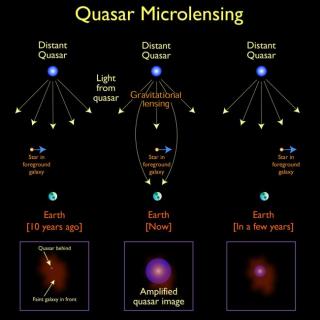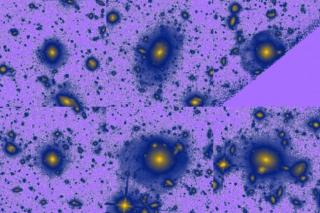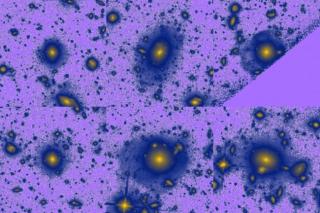
From next Monday, until March 8th, 50 scientists will learn to use astronomical data archives in this meeting which will be held at the Instituto de Astrofísica de Canarias.
Advertised on
This section includes scientific and technological news from the IAC and its Observatories, as well as press releases on scientific and technological results, astronomical events, educational projects, outreach activities and institutional events.





